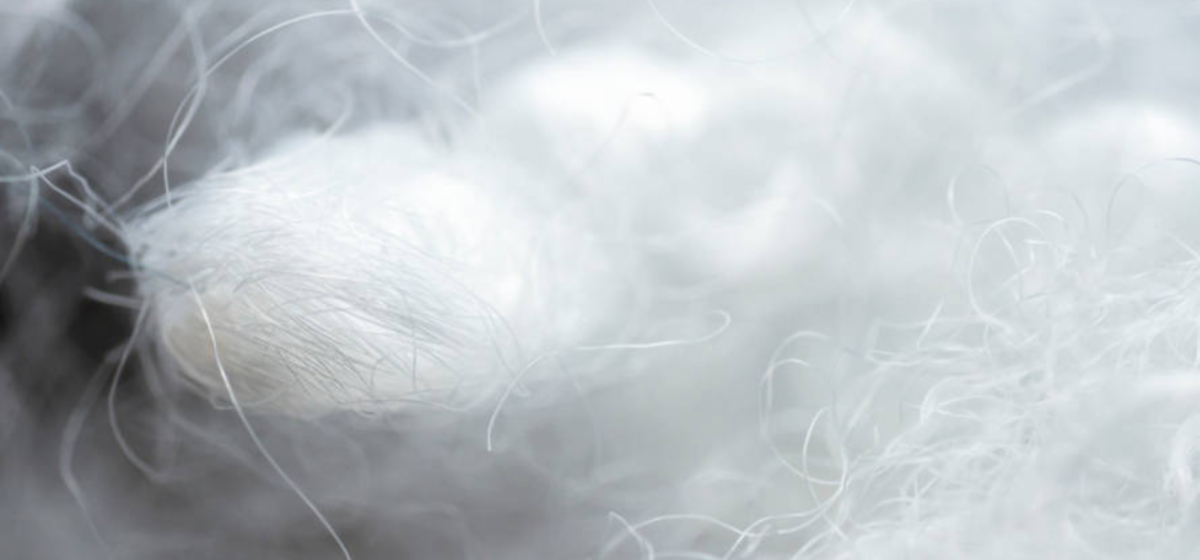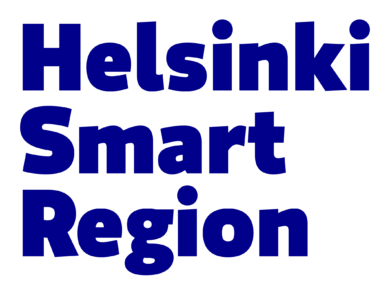News

Textile Circular Economy Shapes New Ways of Production
Published:
Great business prospects in the Helsinki-Uusimaa Region for recycling-based textile production, as stated in the recent BRIDGES project report.
The strengths and weaknesses of production of this kind, along with collaboration possibilities, were presented in a recent report on regional recycled textile value chain mapping. Results show that Helsinki-Uusimaa is invested with great opportunities for recycling-based textile production. Our competitive edges are the infrastructure already located in the region, as well as strong research, development, and innovation activity.
The report reveals potential for the production of recycled textiles, for starting production chains, and for relocating textile production to the region, all of them facilitated by automation of the production process. This supports a faster transformation of the regional economy and the development of a new specialised industry.
Infinited Fiber Company and Rester as Forerunners
Many growing refinement plants and other actors in the recyclable textile industry are found in Finland. New textile fibres can be produced by using the method created by Infinited Fiber Company; the method entails collecting and processing textile waste streams, and turning them into completely regenerated textile fibres. This regenerated textile fibre, or the Infinna fibre, can also be produced from raw material from other cellulose waste, for example from recycled cardboard and paper, as well as from agricultural and food production side streams, including wheat straw.
Rester is a Finnish company offering textile recycling solutions and enabling the recovery of business textiles into a new textile fibre and quality raw material.
This new form of industry, based on recycling textiles and producing new textile fibres, offers comprehensive possibilities for international partnerships and production chains. The demand for high-class luxury products and high-quality plastic-free textiles offers great opportunities to start new ways of production, along with various repair and reuse services. Increasing collaboration throughout the production is to be expected, and a clear interest can already be seen – not only in Northern Europe, but in other parts of Europe as well.
The EU Aims for Production Based on Recycling
The European Commission has ruled to make the recycling of textile waste compulsory by 2025. Consequently, quite a few new circular economy plants will be necessary in the years to follow.
The EU aims for all textile products being launched into the European markets in 2030 to be durable, renewable and mainly produced from recycled fibres. The Commission’s vision is for all textiles to be free of harmful substances, and that social rights and the environment are respected throughout the production process. Recycling could replace the burning or dumping of textiles. However, this calls for innovative recycling technologies and new, more responsible business models.
The report is part of the project BRIDGES, which was implemented in 2016–2022 and funded by the EU Interreg Europe Programme. Mapping results were discussed during the meeting of BRIDGES and BERRY+ project teams at the office of Helsinki-Uusimaa Regional Council on September 27th to 28th.
Photo: VTT Technical Research Centre of Finland
Read the report:
Value Chain Mapping for Novel and Recycled Textile Fibres
For more information, please contact Ari Lainevuo, Helsinki-Uusimaa Regional Council, ari.lainevuo@uudenmaanliitto.fi







 Return to listing
Return to listing